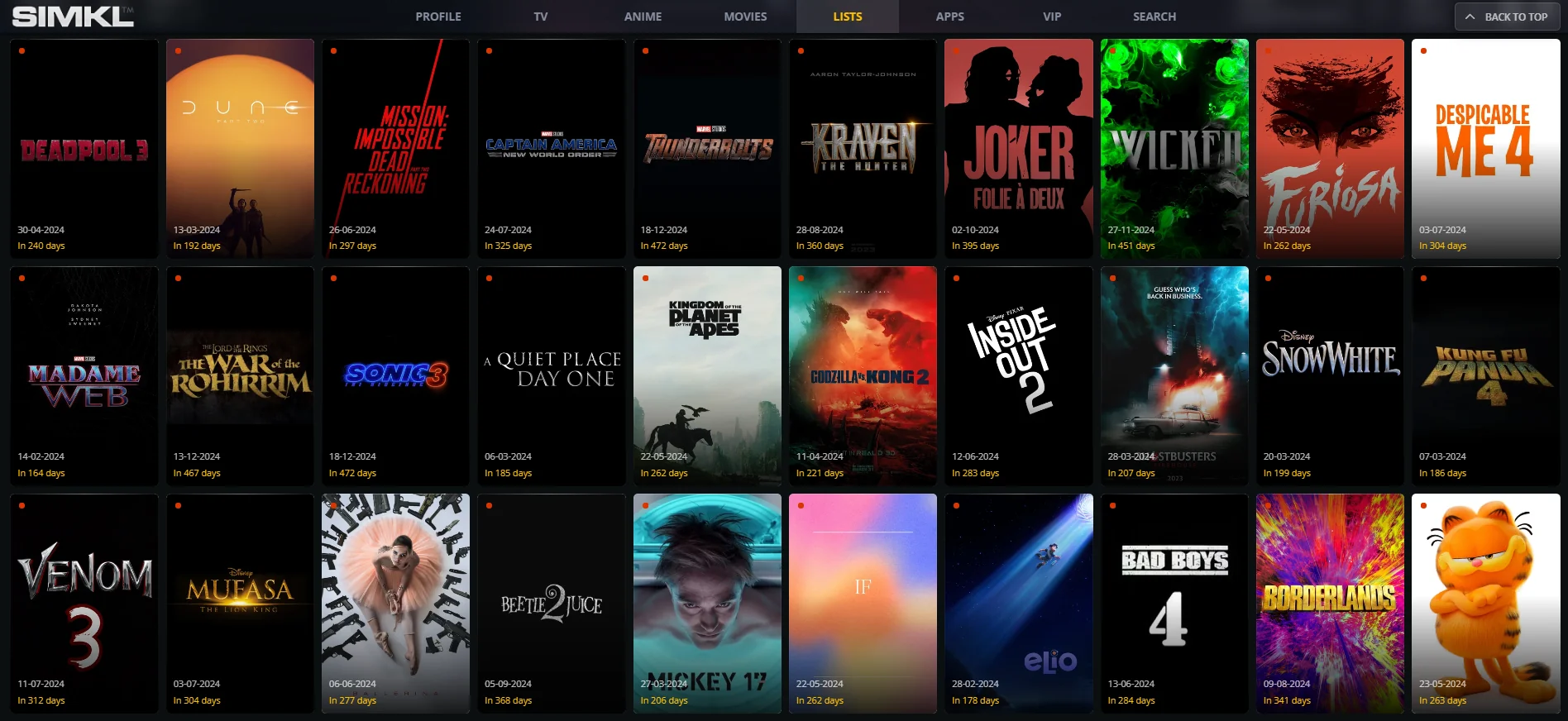A Beginner's Guide to Filming From Pre-Production to Production
Unlock Filmmaking Secrets ?? - Your Ultimate Beginner's Guide! Learn from Pre-Production to Production. Lights, Camera, Action

Describe the Process of Filmmaking, from Pre-Production to Post-Production
Filmmaking is a mesmerizing art form that has captivated audiences for over a century. Behind the scenes, it involves a meticulously planned and executed process that brings stories to life on the silver screen. From the initial spark of an idea to the final product that graces theaters and streaming platforms, filmmaking is a journey that encompasses various stages. In this comprehensive exploration, we will delve into the intricacies of the filmmaking process, from pre-production to post-production.
Development
The journey of filmmaking begins with a seed of inspiration, a creative spark that ignites the desire to tell a compelling story through the medium of film. The development stage is where this spark is nurtured and cultivated into a viable project.
Concept and Idea: It all starts with an idea - a concept for a story, a theme, or a message that the filmmakers want to convey. This idea can come from a variety of sources, including books, personal experiences, historical events, or simply the fertile imagination of a writer or director.
Screenplay: Once the idea takes shape, it is translated into a screenplay. The screenplay is the blueprint of the film, detailing every aspect of the story, from dialogue to action, from character development to scene descriptions. It serves as the roadmap that guides everyone involved in the production.
Funding: Turning a screenplay into a film requires financial backing. Producers and filmmakers seek funding from various sources, including studios, investors, grants, and crowdfunding platforms. Securing the necessary budget is often one of the most challenging aspects of filmmaking.
Pre-Production
With a screenplay in hand and financing secured, the pre-production phase begins. This stage is a whirlwind of activity as the groundwork is laid for the actual shooting of the film.
Casting: The process of selecting the right actors for the roles is critical. Casting directors work closely with the director to audition and choose actors who can bring the characters to life. The chemistry between the cast members is essential to the film's success.
Location Scouting: Filmmakers must find the perfect locations to match the settings described in the screenplay. This may involve visiting various places, negotiating with property owners, and obtaining permits to shoot on location.
Crew Selection: A film production requires a multitude of skilled individuals, including the director of photography (cinematographer), production designer, costume designer, makeup artists, and more. Each department head is carefully chosen to ensure they can bring the director's vision to life.
Budgeting and Scheduling: Detailed budgets are created to allocate resources effectively, covering everything from actors' salaries to equipment rentals. Simultaneously, shooting schedules are developed, considering factors like weather, actor availability, and location constraints.
Production Design: Sets, costumes, and props are designed and created to match the vision outlined in the screenplay. Production designers and their teams work diligently to construct the physical world of the film.
Legal and Permits: Contracts are drawn up, insurance is obtained, and necessary permits are secured. Legal matters, including contracts for cast and crew, distribution rights, and intellectual property, are all sorted during this stage.
Storyboarding and Shot Lists: Filmmakers create visual plans, often in the form of storyboards and shot lists, to outline how each scene will be shot. This provides a clear guide for the director and cinematographer during filming.
Production
Now comes the heart of filmmaking?the actual shooting of the film. This phase can be intense, with long hours and meticulous attention to detail.
Shooting: On set, the director, actors, and crew come together to bring the script to life. The director's vision takes shape as scenes are filmed, capturing performances, emotions, and action as outlined in the screenplay.
Continuity: Maintaining consistency throughout the shoot is crucial. A continuity supervisor keeps track of every detail, ensuring that props, costumes, and set pieces remain consistent from one shot to the next.
Audio Recording: Sound is recorded on set, capturing dialogue, ambient noise, and other audio elements. High-quality audio is essential for a polished final product.
Director's Vision: The director is the creative force behind the production, guiding the actors and the crew to achieve the desired performances and capture the essence of the story.
Post-Production
Once filming is complete, the collected footage is transformed into the final film during the post-production phase.
Editing: The raw footage is meticulously reviewed and edited together to create a coherent narrative. Editors cut, arrange, and refine the sequences, ensuring that the pacing and rhythm align with the director's vision.
Sound Design: Sound designers and editors work to enhance the audio quality of the film. This includes adding sound effects, ambient noise, and music to complement the visual storytelling.
Visual Effects (VFX): If the film includes special effects or CGI elements, this is the stage where they are integrated seamlessly into the scenes.
Color Grading: Colorists adjust the color and tone of the film to create a specific look and mood. This process can significantly impact the emotional resonance of the story.
Title and Credits: Opening and closing credits are designed and added to the film. These credits acknowledge the contributions of the cast and crew and provide essential information to the audience.
Test Screenings: In some cases, the film is shown to test audiences who provide feedback. This feedback can lead to further edits to improve the film's overall appeal.
Distribution
With the final film complete, the focus shifts to getting the project out to the audience.
Film Festivals: Many filmmakers aim to premiere their films at prestigious film festivals. These events provide exposure and can lead to distribution deals.
Theatrical Release: Some films secure distribution deals that allow them to be screened in theaters. This often involves marketing campaigns to attract audiences to cinemas.
Home Video and Streaming: Films are distributed through various channels, including DVDs, Blu-rays, streaming platforms (e.g., Netflix, Amazon Prime Video, Hulu), and digital downloads.
Marketing and Promotion
Marketing is a crucial aspect of filmmaking, helping build anticipation and attract audiences.
Promotional Materials: Posters, trailers, and other marketing materials are created to generate interest and excitement.
Press and Publicity: Public relations efforts aim to secure media coverage through interviews, reviews, and feature articles.
Premiere Events: Red carpet premieres and special screenings are held to generate buzz and engage with fans.
Social Media and Online Marketing: In the digital age, filmmakers leverage social media platforms and online advertising to connect with their target audience.
Release and Exhibition
Once the film is distributed, it's time for audiences to experience it.
Theatrical Release (Continued): For films with a theatrical release, the movie is screened in cinemas for the general public.
Home Release (Continued): DVDs, Blu-rays, and digital downloads become available for purchase or rental.
Streaming (Continued): The film is accessible on streaming platforms, making it convenient for viewers to watch at home.
Audience Reception
Audience feedback and critical acclaim are integral to the film's success.
Reviews and Feedback: Film critics and audiences provide feedback, reviews, and ratings, influencing the film's reputation.
Box Office Performance: The financial performance of the film is closely monitored, with revenue distributed among stakeholders.
What's Your Reaction?


















